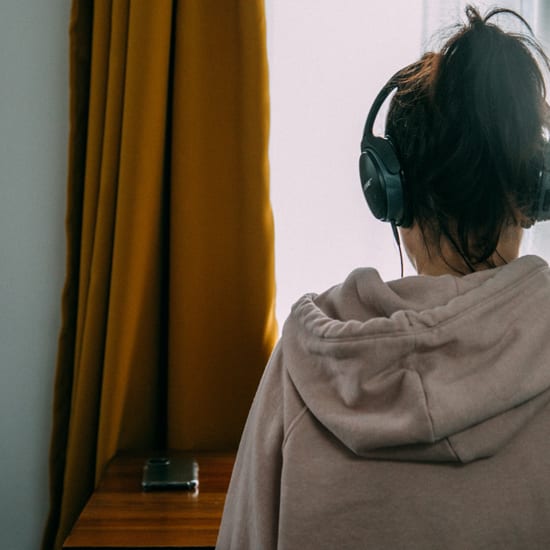Universities are struggling to create and adapt budgets for the upcoming fiscal year because of the uncertainty caused by COVID-19. To help part the fog, EAB facilitated a working conversation for 19 chief business officers (CBOs) from R1 institutions on May 8th and 11th. These sessions were a venue for CBOs to share intelligence on early indicators of enrollment as well as debate the pros and cons of various models and assumptions to forecast future revenues. Read on to see the key takeaways from these conversations.
Fall enrollment assumptions proving most difficult to nail down

Overwhelmingly, business leaders are struggling to estimate fall enrollments—and corresponding fall net tuition revenues. Long-standing assumptions regarding the relationship between deposits and number of enrolled students have been turned on their head in the COVID environment, as many students’ enrollment decision hinge upon a (uncertain) return to face-to-face assumption. To attempt to get a better handle on exactly how many students will show up for the fall semester, CBOs reported tracking a wide array of metrics. Some metrics are likely ones that signal positive trends for enrollment, like housing deposits, orientation and class registration, FAFSA paperwork submission, and housing requests. Others are likely ones that signal downward trends, including: request for withdrawal, request for leave of absence, and request for deferral.
Some CBOs reported taking new data points into consideration to supplement traditional indicators. The simplest, and most telling, indicator is to ask students directly by sending surveys to students about their enrollment intentions. While this is not perfect, the best way to get an answer to any question about what a student intends to do is to ask them.
International enrollments projected to decline, though CBOs see signs of hope for returning enrollments
A topic of intense interest was the expectation for international student enrollment, given their outsized revenue contribution at most schools. A straw poll of CBOs paints a bleak outlook, with 50% of schools expecting a 20 to 40% decline in international students for the fall. To provide better international student forecasts, institutions are in close contact with the State Department to monitor visa office status around the world and the processing capacity for I-20s.
Campuses are making extensive use of surveys to ask about student enrollment intentions. One institution reported extracting location data from its surveys to find out where international students are currently living, looking for those students still in the US—the assumption being that students who are currently in the US plan to return to campus at a higher rate than those who must cross the US border. In perhaps some good news, a recent survey by the Institute of International Education found that 92% of international students in the US in spring 2020 presently remain in the US. First-year students, of course, will have much greater difficulty entering the US for the fall semester. To that end, some CBOs shared that their institutions are proactively suggesting that incoming international freshmen take a gap year and come in the fall of 2021.
4 considerations for resuming residential life this academic year
Auxiliary revenues hinge upon when—and how—residential operations can resume
Understandably, CBOs are concerned about potential losses to fall auxiliary revenues—room and board income alone accounts for 40-60% of total student revenues at some campuses. Of course, fall auxiliary revenues are intrinsically bound to on-campus operations. To that end, CBOs universally agreed that they are deriving expected auxiliary revenues from their enrollment projections. That said, they recognize that fall auxiliaries revenues may also be affected by social distancing policies and limitations. Institutions may need to adjust auxiliaries revenue assumptions downward, for example, if they limit on-campus housing to single occupancy rooms or limit dining to grab-and-go options only.


